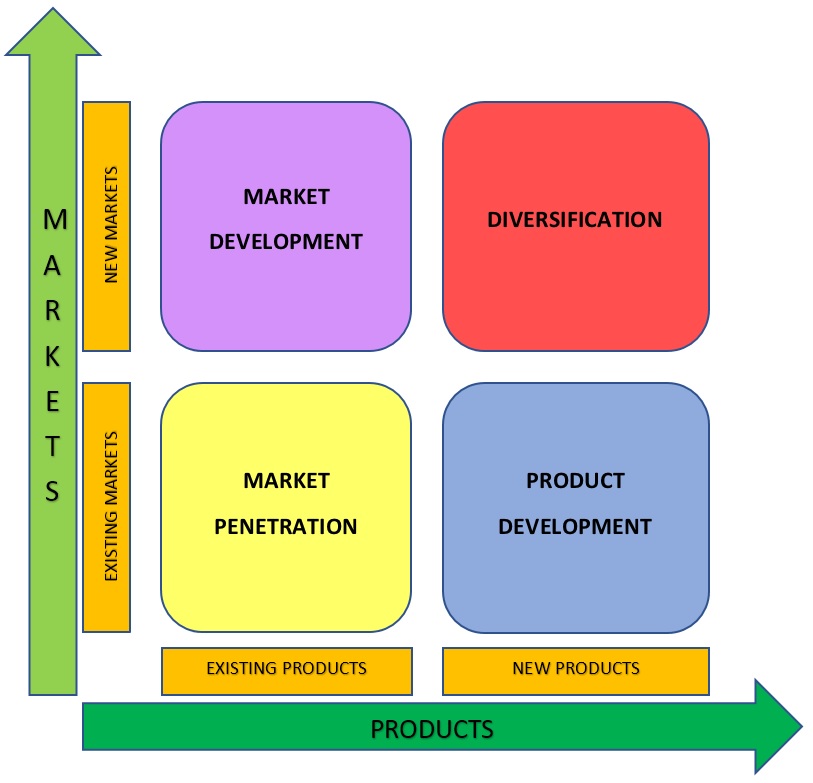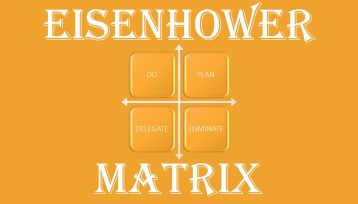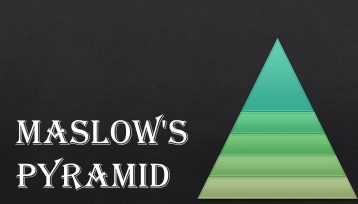The Ansoff Matrix is a strategic planning model that helps companies choose the right development strategy for their business.
The Ansoff Matrix was developed by Russian-born American mathematician and economist Igor Ansoff, after whom it was named. Igor Ansoff is also known as the founder of strategic management.
The Ansoff Matrix is based on two indicators: markets (vertical axis) and products (horizontal axis). Each indicator is divided into 2 types: existing and new.
Existing Markets
Existing markets are markets where the company has been operating for some time, and, accordingly, the company knows the mechanisms of their operation, knows the consumers of these markets.
New Markets
New markets are still uncharted markets for a company that it would like to work in.
Existing Products
Existing products are products that the company already produces. The product has its own positioning scheme and has already taken a certain place in the company’s assortment.
New Products
New products – production of these products is at the planning stage.

At the intersection of the two axes, four quadrants are formed that correspond to a specific strategy. There are four strategies.
Market Development
New markets and existing products.
The goal is to enter new markets using the existing product range with minimal product changes. It is suitable for companies with strong marketing that have the experience and capabilities to conduct effective advertising campaigns, build and search for distribution channels.
To implement this strategy, you can use the following methods:
- use of new sales channels
- search and conquer new market segments
- find sales opportunities in new regions
Market Penetration
Existing markets and existing products.
The goal is to expand the market share in the existing market by increasing sales and deliveries of existing products. The most economical and least risky model.
To achieve this goal, you can use the following tools:
- reduced prices
- opening loyalty programs for consumers
- increasing the frequency of consumer purchases
- finding new ways to use the product
Product Development
Existing markets and new products.
The goal is to offer a new version of the product with updated characteristics to existing markets:
- upgrade existing products
- make changes to the product line in terms of packaging, color, etc
- develop a fundamentally new product
Diversification
New markets and new products.
The goal is to produce new products to conquer new markets. The most complex and risky strategy, because there are two unknown elements at once: both the market and the product. This strategy is expensive, but it can bring a large profit for the company.
Working with the Ansoff Matrix involves choosing one of the quadrants and using the appropriate strategy.




